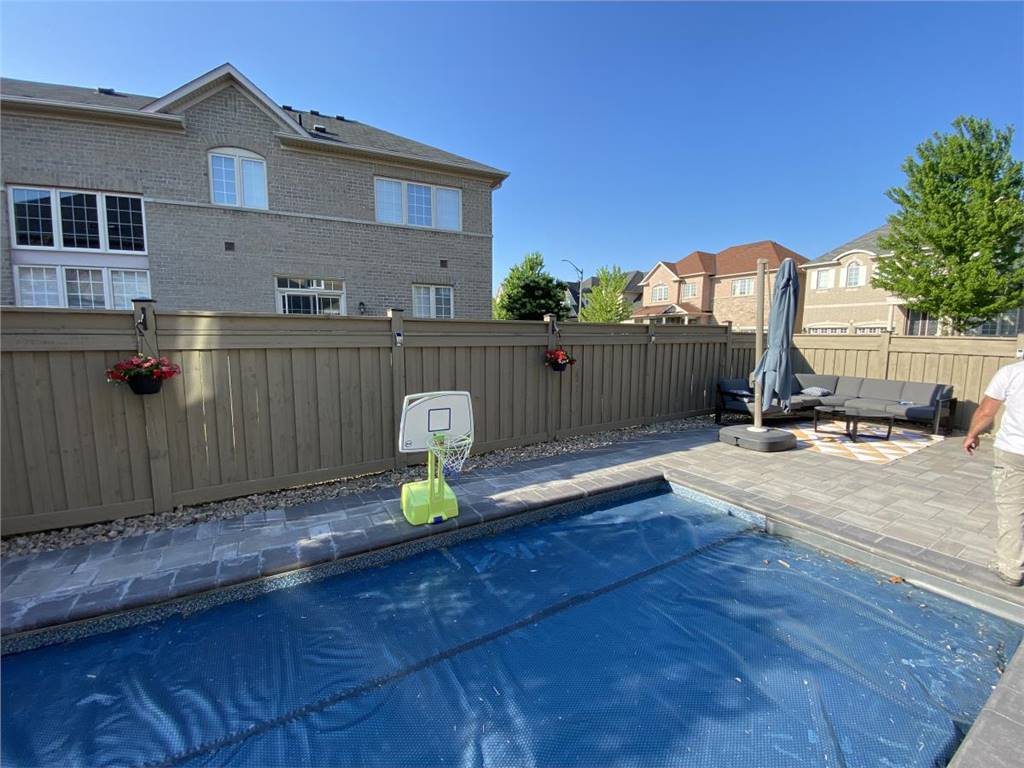
Pet Safety During Painting: A Few Tips To Consider
If you're a painter, then you know that your pet is probably one of your biggest fans. Pets love to be around the paints, brushes, and canvas, and they often enjoy watching their owner work. But as much as we love our pets, it's important to remember that they can be at risk during painting sessions. Here are a few tips to help keep your pet safe while you paint.
Is House Painting Harmful to Pets?
House paints can be harmful to pets because many of them contain toxic chemicals that can be dangerous for animals. These chemicals can cause a variety of health problems, including respiratory problems, skin irritation, and even death.
It's important to keep pets away from any area where paint is being used, and to make sure that all paint products are stored in a safe place where animals can't reach them. If your pet does come into contact with paint, be sure to rinse them off immediately and call your veterinarian for advice.
Many professional pet care providers recommend painting your home as a way to keep your pets safe from toxins and other potential dangers. Here are a few things to keep in mind when painting around pets:
1. Paints can be toxic.
There are a few ways that using nontoxic paint can help protect your pets.
First, nontoxic paint is usually made from plant-based ingredients, which means it won't release harmful fumes or chemicals into the air that could potentially harm your pets. Second, by using nontoxic paint in your home, you'll be reducing the amount of toxins your pets are exposed to on a regular basis. Finally, if you have pets that like to lick or chew on walls and furniture, using nontoxic paint can help keep them safe from any harmful chemicals or toxins that may be present in traditional paint.
2. Painting can create dangerous fumes.
Avoiding fumes is one of the best ways to protect your pets. When fumes are inhaled, they can cause serious respiratory problems and even death. Pets are also more susceptible to cancer if they're exposed to fumes regularly. So, by avoiding them, you're not only keeping your pet healthy, but you're also reducing the risk of a potentially fatal illness.
3. There is a lot of traffic.
There are a few reasons why restricting human traffic can help protect pets. One reason is that typically when humans interact with pets, the pets become stressed. This increases their heart rate and can lead to other health problems. Additionally, when humans interact with pets they may inadvertently spread diseases to the animals. By restricting human traffic, you can help minimize both of these risks.
When contractors are renovating your home, they will come and go throughout the property, shouting back and forth between rooms, and utilizing extremely loud power equipment. This sort of noise and foot traffic might result in a variety of problems. Pets may get out of their cages or cage doors might inadvertently open and shut. Pets who are in the way of foot traffic might be trampled. Young, old, or nervous pets could be startled by loud noises.
4. Contractors usually carry heavy items.
When it comes to protecting your pets, one of the best things you can do is avoid heavy items. This means keeping them away from areas where there are heavy objects that could potentially fall on them, as well as avoiding any situations in which they could be injured by a heavy object.
There are a number of reasons why this is so important. First, even a small object can cause serious injury to a pet if it falls on them. Second, if an animal is hit by a heavy object, they could suffer internal injuries that may not be immediately apparent. These kinds of injuries can be very serious and may even require surgery to fix. Third, animals are often more susceptible to being hurt by heavy items than humans are. Some pets are curious in nature and when they want to investigate the new stuff in a room, they can cause accidents that can harm them and you as well.



